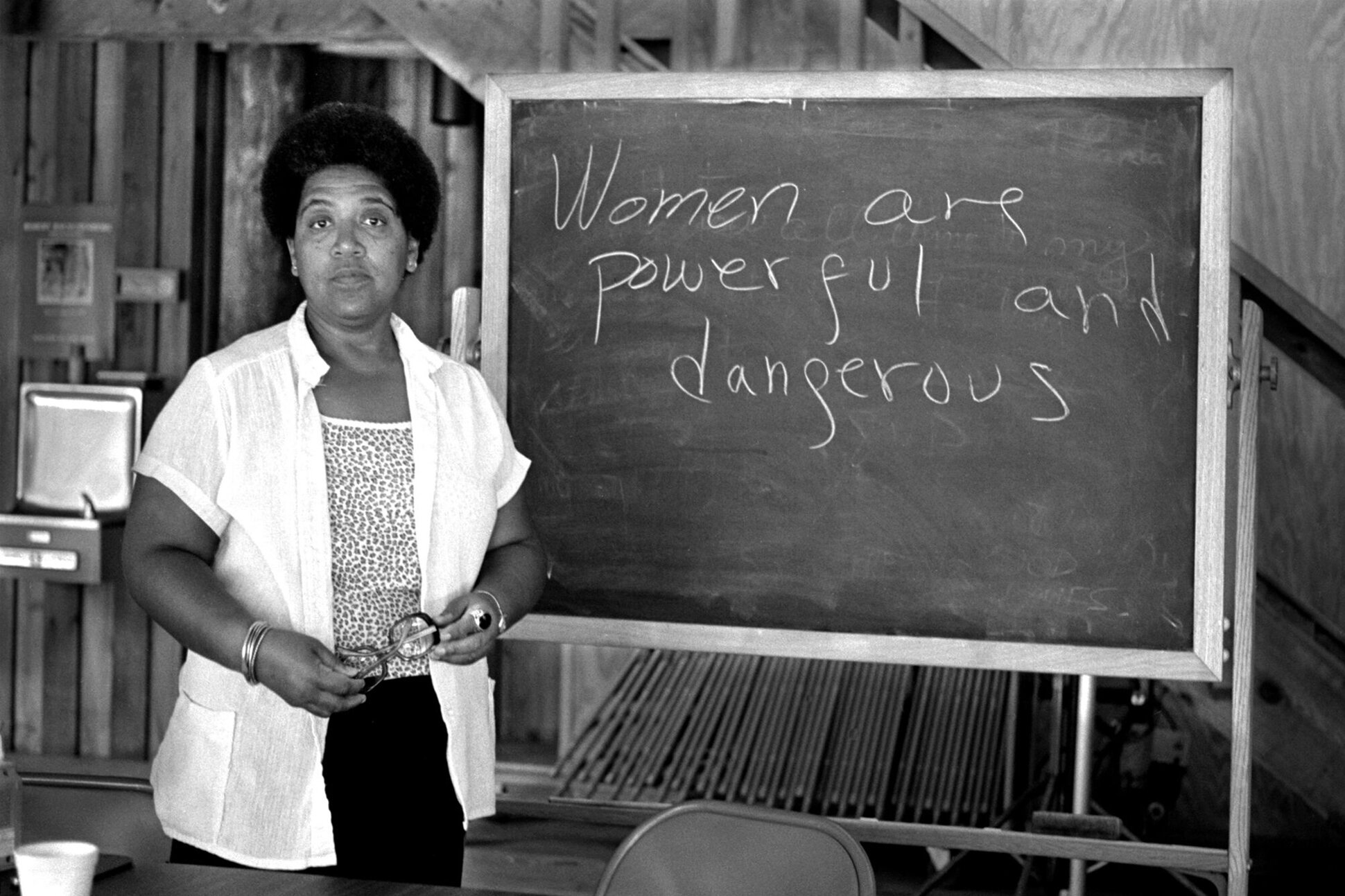Womanism to Feminism: Why You Should Know the Difference
Image: Mag.perfectnumber.co https://mag.perfectnumber.co/riot-grrrl-and-beyond-the-power-of-feminist-youth-based-creativity/
CW: r*pe & sexual assault mention
Feminism has been a household name for roughly 100 years. Feminism is described as the advocacy for women’s rights through cultural, economic and political movements. This year will be the 100th year celebration of the 19th amendment, which granted voting rights to women - that is white women. The amendment granted voting rights to those regardless of sex, but limitations were still put on black and brown women. There have been four waves of feminism currently. The first wave was during the 19th and early 20th century, which originally focused on women gaining ownership of their bodies and then transferred to women ultimately gaining the right to vote. The second wave - which was in the 60s through the 80s -focused on being more equal and less discriminatory in the workplace. The third wave, which began in the early 90s, and continued until the rise of the fourth wave in the 2010s - recognized that the second wave of feminism overly shared experiences of upper-middle-class white women. Currently, the fourth wave focuses on sexual harassment, rape culture and the queering of gender and sexuality-based binaries, among other issues.
I became interested in the Riot Grrrl movement because I thought it would be one aspect of the feminist movement that would be inclusive. The Riot Grrrl movement was a political feminist movement that began in the early ’90s. The music that came from this movement is very anti-racist and empowering and there will never be anything quite like it. The “Riot Grrrl” movement started at the beginning of the third wave of feminism, everything about it seemed legendary. From the leaders of the movement to the posters and zines, The movement was revolutionary in a way that had never been done before. With a message that was so anti-racist, there was surprisingly little representation of black and brown riot girls in these spaces.
Image: Wecb.fm http://wecb.fm/milkcrate/is-riot-grrrl-dead
“Just like the feminist movement, these sectors weren’t and aren’t any different. The stories of black women are hidden.”
In a sense, the Riot Grrrl had solidarity similar to that of the #MeToo movement today. The #MeToo movement aims to believe and support survivors of assault/rape/harassment. The more research I’ve done, the fewer women I see who look like me in both the #Metoo movement and the Riot Grrrl movement. There is a consistent exclusion of black and brown women in these spaces. There were little black and brown bands that were discovered, just as very little black and brown women have their stories being told with the #MeToo movement.
The movement has been described as a space that only privileged middle-class white girls and women have access to. From my perspective, it makes sense why so many black and brown girls weren’t in theres spaces, they’re not accessible. Just like the feminist movement, these sectors weren’t and aren’t any different, the stories of black women are hidden. This is why I’m grateful for Womanism. The Womanism theory was introduced in the mid-’90s by Alice Walker, a black writer. She defines a womanist as:
I think that being revolutionary, confident, a lover of all women and inclusive are some things that represent womanists. Black Queer Feminism is very similar to Womanism and represents what I believe a womanist should be. Womanists, like Black Queer Feminists, put black, queer, and LGBTQIA issues at the center of their movements. I believe that when womanists go into spaces with those issues in mind, they’re able to dismantle racist, heteronormative, and cis standards.
“Womanism is more inclusive because it recognizes the experiences of women of color especially black women that have been overlooked in feminist spaces.”
Women like Audre Lorde and Janelle Monae are great examples of womanists. Audre Lorde confronts injustices like homophobia, racism, classism and sexism through her writings “The Black Unicorn” and “Sister Outsider: Essays and Speeches”. She described herself as a “Black, Lesbian, Mother, Warrior, Poet.” Janelle Monae speaks out against the lack of representation of women in Hollywood, she speaks out against police brutality and how important it is that we use our voices for change. Bell Hooks is another great example of a womanist who wrote the magnificent book “Ain’t I a Woman?: Black Women and Feminism”. This entire definition and the energy behind it is the inclusivity the feminist movement has lacked. Womanism is more inclusive because it recognizes the experiences of women of color especially black women that have been overlooked in feminist spaces.
Image: Audre Lorde from https://www.poetryfoundation.org/poets/audre-lorde
The feminist movement is flawed and has routinely excluded the experiences of the most marginalized. The womanist movement doesn’t force black women to decide to be black or woman first, nor erases them from parts of history. This movement is not anti-feminist nor anti-men, it is pro-women, pro-black women, pro brown women, pro-queer women, pro-trans people. Thus, why it is a movement I can get behind. Womanism isn’t replacing Feminism, it’s a similar list of ideals that just puts all women on its forefront, not just white women. Black Queer Feminism and Womanism interconnect because they’re both extensions of black feminism. I Identify as a Womanist/Black Queer feminist because those labels represent me wholly. Educating yourself on the differences allows us to fully understand and have meaningful and impactful conversations on how we can help each other. As women, we can only have true solidarity once we confront the faults of our past.
By Daishyera Garner (@daishyera)
(she/her)
Edited by Zafirah Kesington (@zafirahh.kesington) & Halima Jibril (@h.alimaa)



